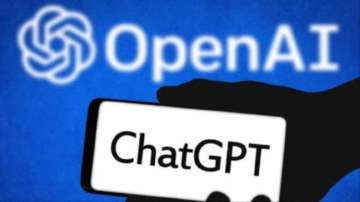OpenAI, supported by Microsoft, has officially launched its internet-browsing feature for the generative AI chatbot, ChatGPT. The 'Browse with Bing' feature has transitioned out of Beta and is now available to all Plus and Enterprise subscribers.
Integration of DALL-E 3 for Image Responses
OpenAI has integrated DALL-E 3 with ChatGPT, enabling the chatbot to respond to user queries with images. Users can simply express their requests, and ChatGPT will translate them into highly accurate images.
Microsoft recently made DALL-E 3, OpenAI's latest text-to-image model, available to all within Bing Chat and Bing.com/create at no cost. This model brings notable improvements to image quality, particularly in the precision of depicting human hands, faces, and text.
Refinements for Accuracy and Safety
The third iteration of OpenAI's text-to-image AI model, DALL-E 3, boasts enhanced capabilities in interpreting user prompts with greater accuracy and reliability. Moreover, it incorporates new safety measures, including invisible watermarks with time and date stamps to identify AI-generated content. Additionally, a moderation system has been implemented to automatically filter out inappropriate or harmful images.
OpenAI's advancements in combining text and images not only enhance the capabilities of AI-driven interactions but also introduce critical safety features to ensure responsible usage.
ChatGPT May Outperform Doctors: Study
Furthermore, A recent study suggests that OpenAI's ChatGPT AI chatbot may outperform doctors in adhering to established treatment guidelines for clinical depression, offering the added benefits of gender and socioeconomic bias avoidance typically present in doctor-patient interactions.
Published in the open-access journal Family Medicine and Community Health, the study reveals that ChatGPT can provide rapid, objective, data-driven insights that complement traditional diagnostic methods, all while maintaining confidentiality and anonymity.
Inputs from IANS
